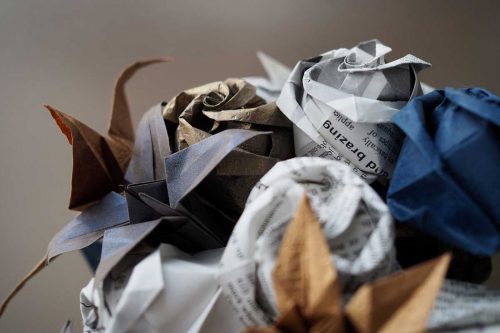Are you currently working with wool and pondering the characteristic of this comfy material? Perhaps you are crafting a scarf or sweater for the colder months for you or a friend. Maybe you just have a favorite wool item you need to wash but are worried about ruining it. In any case, knowing how your wool will react to washing, drying, or handling is great information to have. We gathered our research to answer if wool stretches or shrinks, can it be stretched if it does shrink, and much more.
Moisture and heat will cause wool fibers to shrink. The edges of the fibers interlock, making it difficult for the fibers to return to their original position. While it is much easier for wool to shrink, there are plenty of tricks to stretch this material out once more.
Wool can do both stretch and shrink. However, you are more likely to deal with wool that has shrunk. Keep reading as we discuss how wool can be stretched after shrinking, what detergent is safe, and what effects your dryer will have on this material.
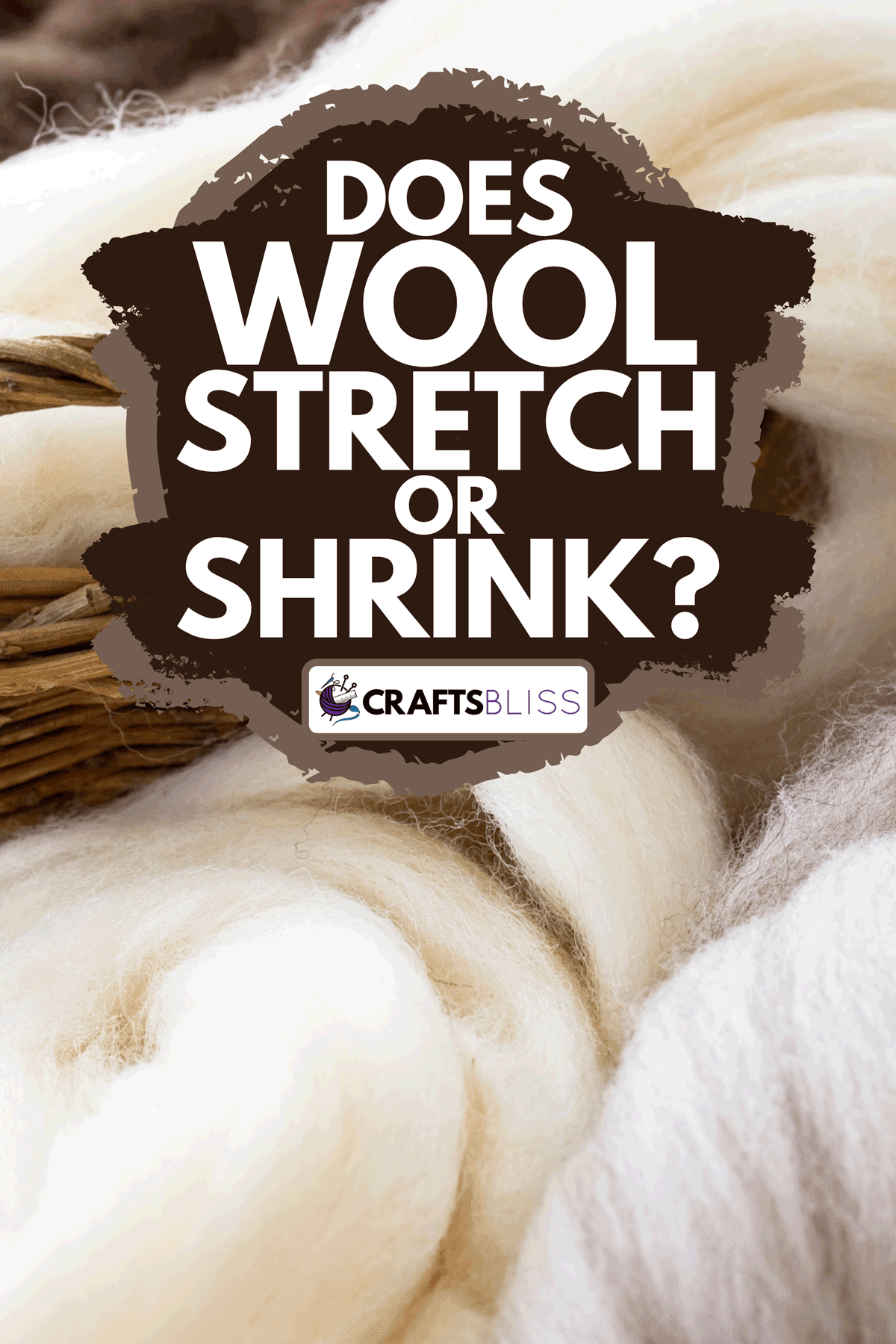
Can Wool Be Stretched After Shrinking?
Wool is an ideal material for winter, as it keeps you warm and cozy in the coolest temperatures. However, this material does require some special care, or you'll end up with a garment three times too small.
It's not uncommon to accidentally throw a wool item in the washer or use too hot of water when washing, resulting in shrunken wool. The good news is, wool can be stretched again after shrinking.
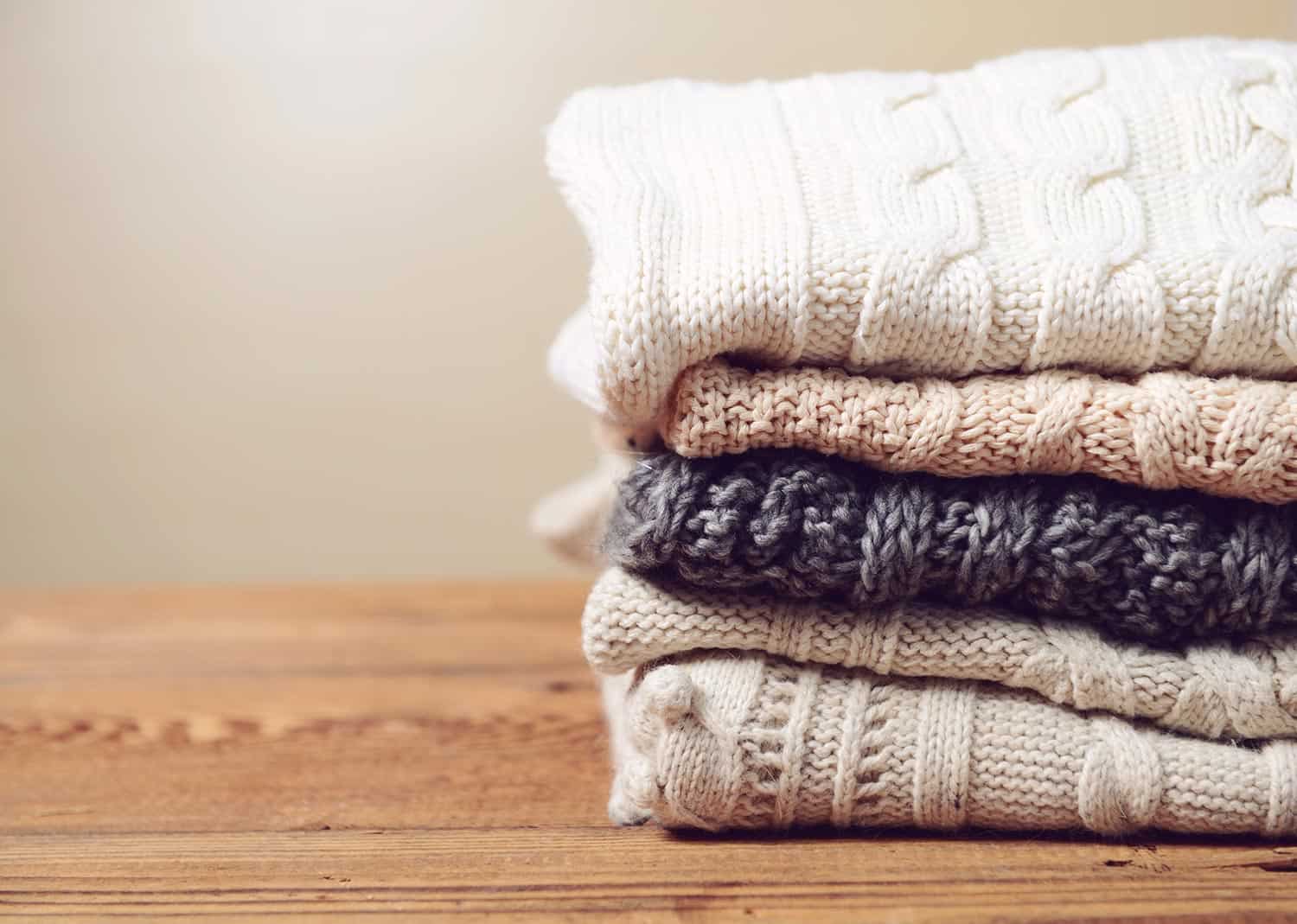
The process of stretching can look a little different depending on which type of wool you have. Boiled wool is a bit different from wool fleece, felt, or loden. In all cases, you will need to soak and soften to get the material back to its original position. Even drastically shrunken items can be brought back with some patience and care.
How Do You Fix Shrunken Boiled Wool?
Boiled wool typically becomes shrunken when exposed to heat and agitation. This shrinkage of boiled wool has been termed felting. To fix shrunken wool, you can use different methods, including a conditioner bath, utilizing vinegar and water, or trying the pinning method. Let's take a closer look at each method.
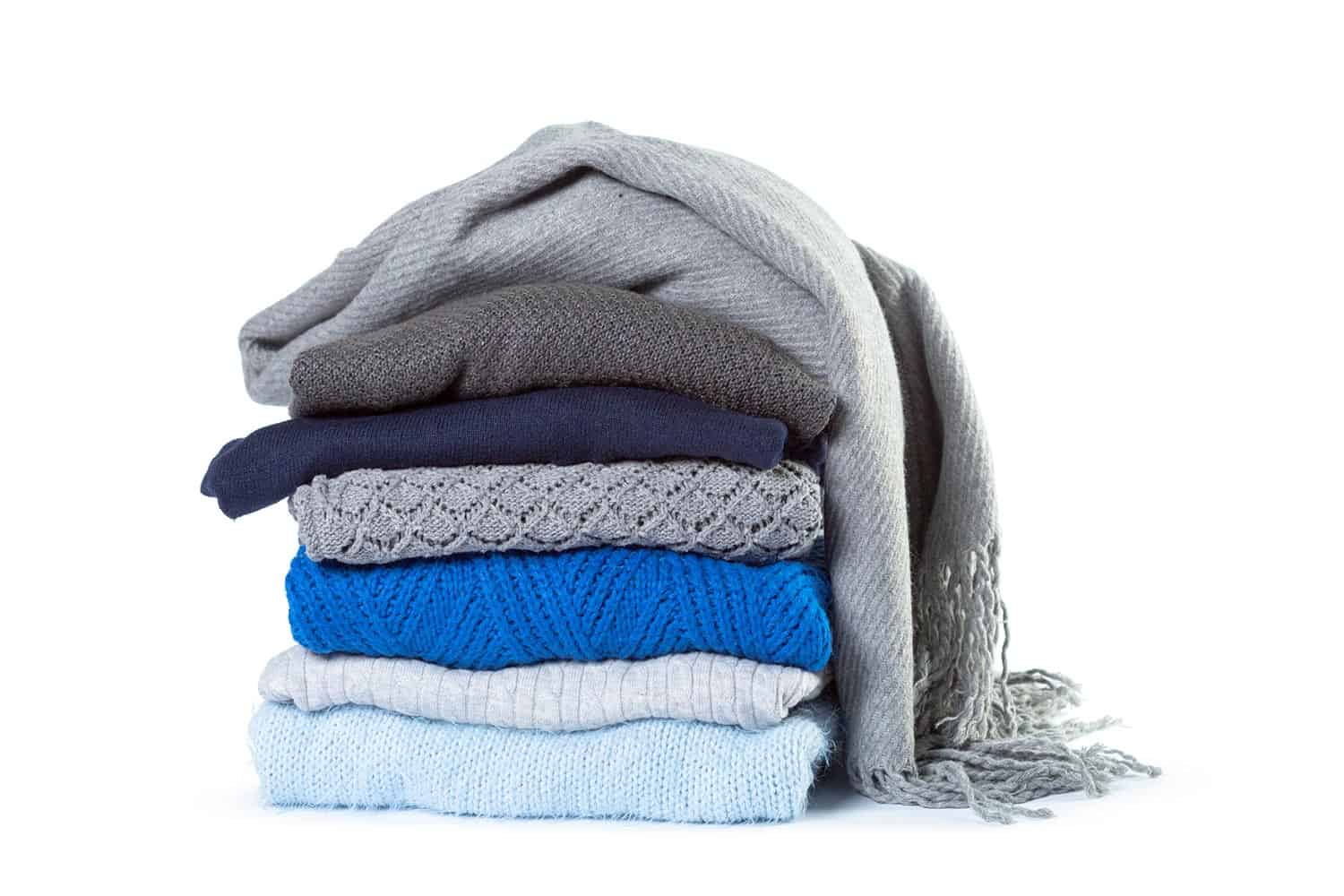
Conditioner Bath
In this method, the conditioner works to relax and loosen the wool fibers, allowing them to stretch. Follow these steps to fix your shrunken wool:
- Fill a tub or sink with lukewarm water and mix in 1/4 to 1/3-cup of hair conditioner or baby shampoo
- Mix the water so the softener becomes evenly distributed
- Allow your wool to soak in the mixture for 10-30 minutes
- Remove the wool from the bath and gently squeeze out excess water
- Do not rinse your wool; leaving the conditioner in will help further stretch the wool
- Roll your wool into a towel to remove even more excess water
- Use your hands to gently stretch your wool by section, top to bottom and side to side
- Once all sections have been stretched, lay your wool out to dry
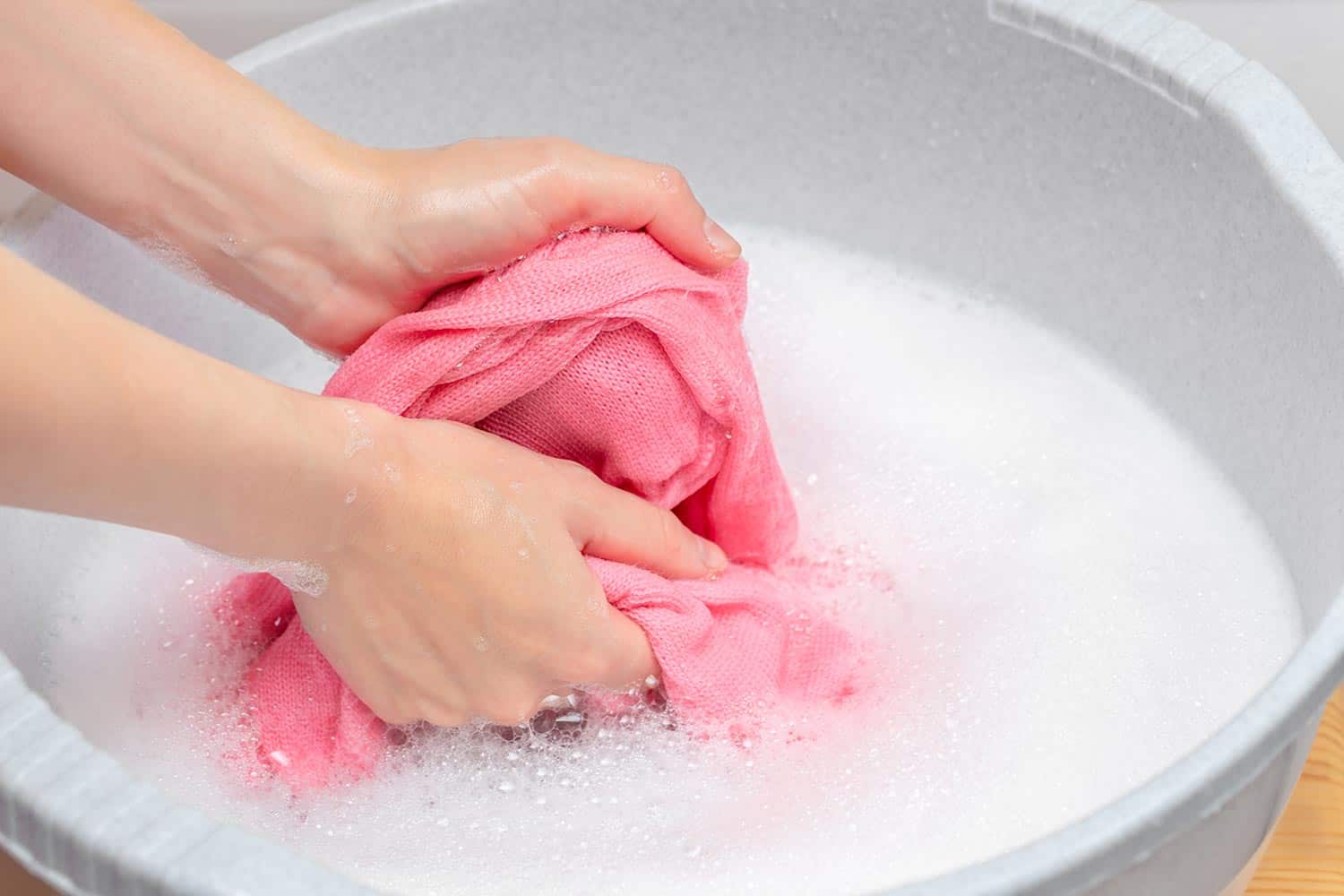
Vinegar And Water
Using vinegar and water takes very similar steps as the conditioner bath. Instead of a conditioner, you will mix a tub of 1 part white vinegar and 2 parts water. Make sure there is enough liquid to completely cover your wool item, and allow it to soak for 25 minutes. You will gently squeeze out excess water and use a towel to dab dry.
Again, you will use your hands to stretch the item section by section. Once stretched, allow your garment to air dry.
Pinning Your Wool
Pinning and stretching wool should only be attempted if the above methods do not work. In this method, you need to wet your wool thoroughly with lukewarm water. Next, lay out dry towels on a flat surface and lay your wool item on top. Begin stretching your wool section by section.
Amazon offers a box of sewing pins here.
Use sewing pins to pin your wool down to the flat towels as you stretch it. Once your item has been stretched and pinned, allow time to dry. This method should be attempted last because the pins can cause damage or gaps in the wool, while the other methods do not.
Does Wool Stretch When You Wash It?
If you follow the recommended washing guidelines for your wool item, it should not stretch or shrink. However, if you leave your wool to soak for too long during the washing process, it is more susceptible to stretching. Soaking allows fibers to relax and stretch, which is great if you are trying to stretch a shrunken item but not ideal for an item you want to stay the same.

Prolonged soaking runs the risk of stretching wool, but so does improper drying. Instead of ringing out a wool item -- which can cause uneven stretching-- roll it up in a towel to remove excess water. In some instances, skipping the rinse cycle can further reduce the chances of uneven stretching.
Read more on our blog post, “How Much Merino Wool Yarn Do You Need To Make A Blanket?”
Does Wool Shrink In The Dryer?
With most wool, it is recommended that you hand wash and air dry the item to avoid shrinking. Some manufacturers will chemically treat their materials to withstand the machine washing, but this treatment does not work the same in the dryer. Wool items will absolutely shrink in the dryer.
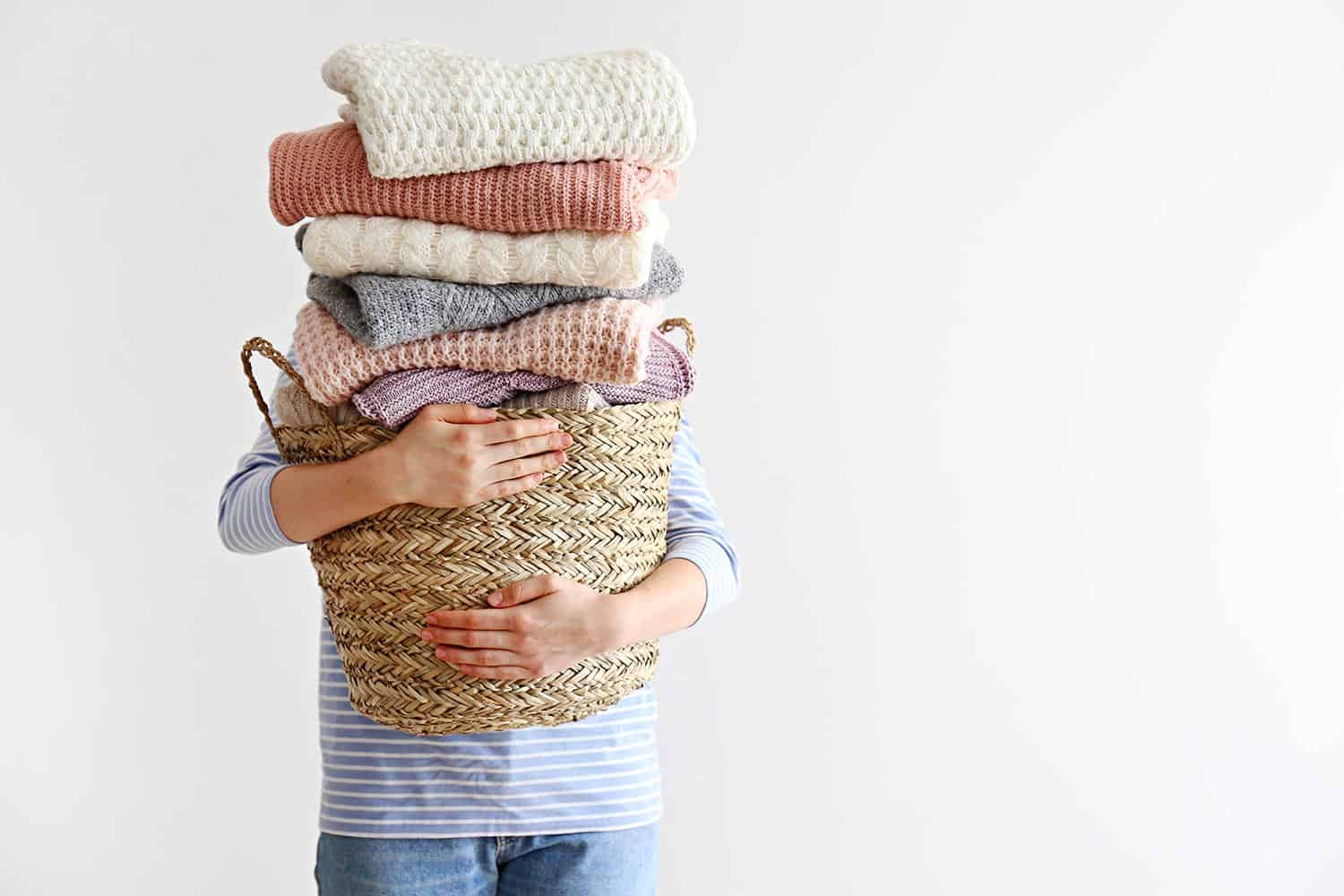
Heat and agitation are the banes of wool's existence. Even on a low-heat setting, your wool is prone to shrinkage. Flat drying is ideal for wool items. You can lay your wool garment on a flat drying rack or on top of a towel, allowing the natural air to safely dry your wool.
Read more on our blog post, “Does Crochet Shrink? [And How To Un-Shrink It].”
What Detergent Is Safe For Wool?

We mentioned the care for wool can be particular. Part of this care is what detergent you use when washing your wool items. When choosing your detergent, you want to look for a mild, neutral, wool-specific detergent.
Pre-dissolving detergent before adding it to your wool and using a final rinse softener or conditioner can keep your wool item looking and feeling great for longer.
Amazon offers a wool-specific detergent from Heritage Park here.
Detergents with a neutral pH and free of bleach and heavy-duty enzymes are what you should be looking for. Always avoid chlorine and oxygen-based detergents and refer to the washing instructions of your specific detergent at all times.
Have a look at Perwoll on Amazon.
What Shrinks More Cotton Or Wool?
Wool is not the only fabric you need to worry about when it comes to shrinking. Cotton is also on this risk of shrinking list. During production, chemical tension gets applied to the fabric and yarn of cotton. Due to this, cotton will shrink from heat and steam when washed or dried incorrectly.
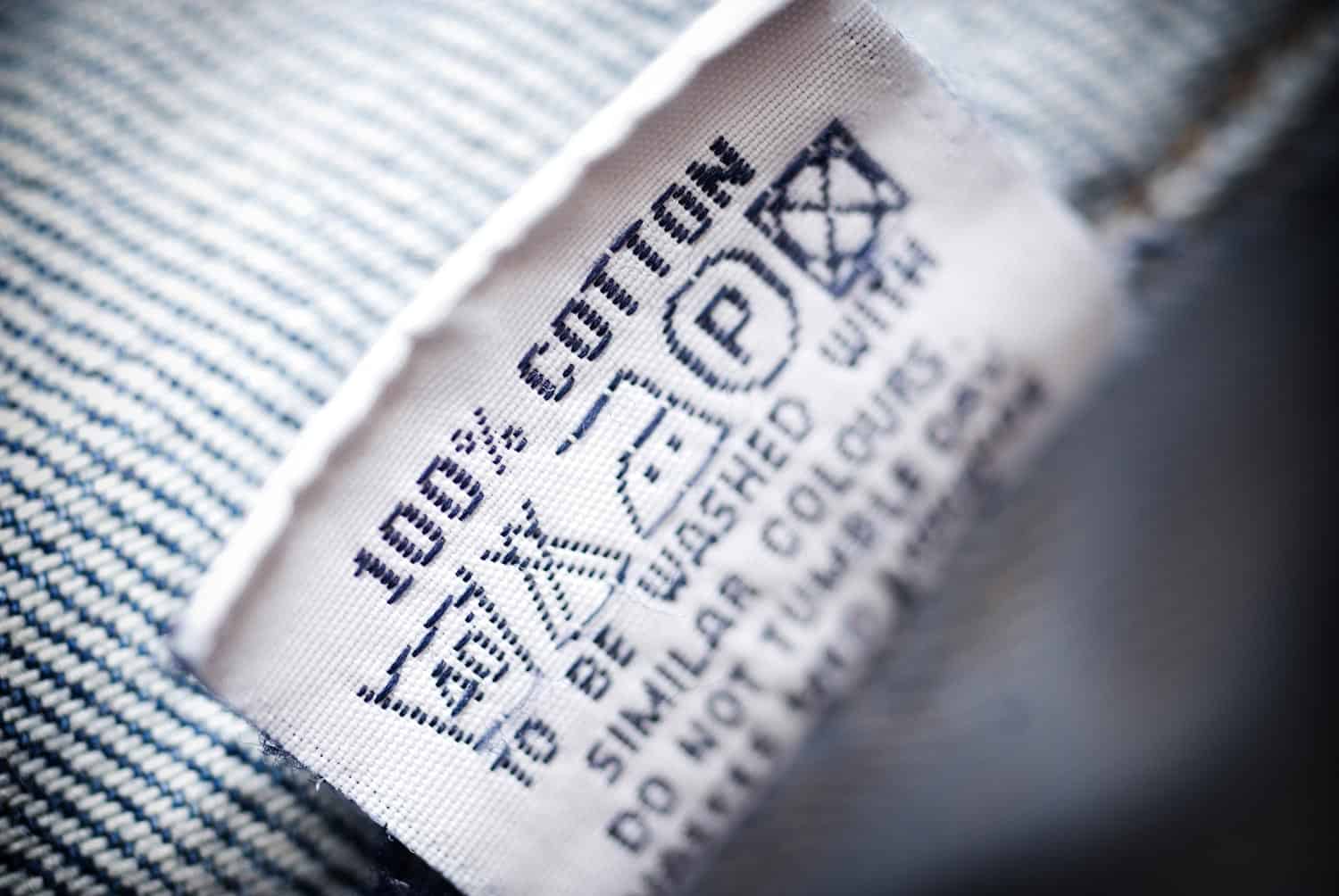
While both cotton and wool shrink, cotton actually shrinks more. This 2015 study completed in California shows that cotton actually shrinks up to three times more than wool will, but rayon fibers shrink the most overall.
With wool or cotton, or any fabric for that matter, you need to follow the stated washing and drying protocols to avoid damaged or shrunken garments.
Read more on our blog post, “4 Of The Best Cotton Yarns For Dishcloths.”
In Summary
Wool is more prone to shrinking, but you can stretch it by applying the methods we discussed. Heat and movement are the leading causes of wool shrinkage, most commonly seen in incorrect washing or drying processes. Soaking wool can help it stretch, which is great when you are fixing a wool item but not ideal for the normal washing process.
When choosing a detergent, seek neutral, mild, and wool-specific detergents to keep your wool in good condition and get the most out of its lifespan. We hope you found this article helpful when working with or caring for wool items and maybe found some insights into fixing wool that might have shrunk.
Are you wondering what other materials are available to you when it comes to crafting? Have a look through our blog post, “17 Types Of Yarn For Crochet And Knitting [By Material, Weight, And Style].”

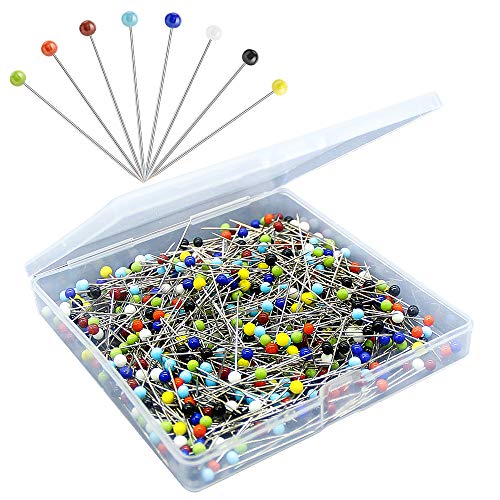



![Read more about the article Can You Glue Buttons To Fabric? [And How To]](https://craftsbliss.com/wp-content/uploads/2022/06/Four-buttons-of-a-suit-500x333.jpg)
